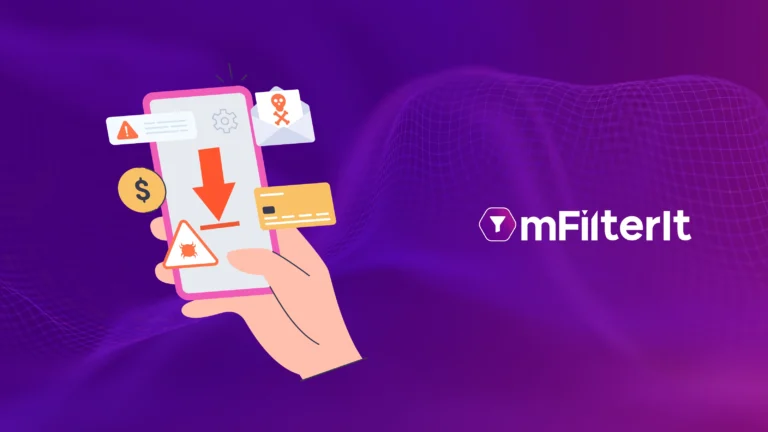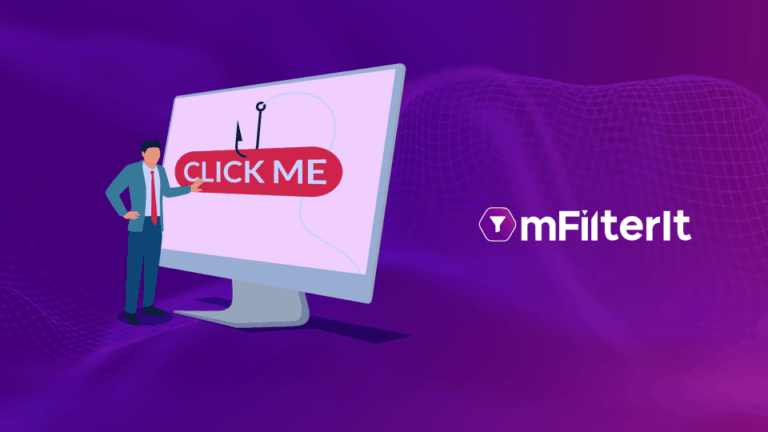Programmatic native advertising is on the rise. It is a technique to incorporate marketing assets and messages into a publisher’s feed. Native ads that are purchased and placed programmatically provide brands with the opportunity to capitalize on increased relevance and personalization. Machine learning and contextual signals allow programmatic native ads to be tailored to the user, resulting in better performance for advertisers.
A report shows that 1,900 advertisers invested $2.6 billion in the space between January and May 2021. Compared to 2020, when 926 advertisers spent $1.9 billion, it’s clear that advertisers want native advertising to be automated in order to maximize scale and efficiency. Yet, the growth of programmatic trading also poses a threat to brand safety, with some environments posing a risk of negative associations between buyers and sellers. In one recent instance, the Washington Post and New York Magazine inadvertently featured porn from an adult network whose video platform Vidme, which the publishers were using to embed other video content.
The safety of brands is always a concern across the digital advertising industry, but it is particularly crucial for native ads. When ads are seamlessly integrated into their environments, it forms even stronger links between brands, publishers, and the content on the page. In order to maintain and enhance a close relationship with consumers, quality, relevance, and suitability are vital.
In order to protect their reputations and identify optimal native placements, brands should consider the following steps.
Choose your partners carefully
Select ad networks that prioritize media security for programmatic and non-automated native ads, and monitor quality continuously. These trusted ad networks underpin private marketplaces (PMPs), which are where brands can find a reliable portfolio of premium publishers.
PMPs establish a direct, transparent connection between the buy and sell sides, so advertisers can be assured that available media is vetted and meets their messaging and values.
Brand safety requires careful selection of trading partners and native placements, but how can buyers ensure that they are not limiting their opportunities?
To give advertisers granular control over what kind of content surrounds their ads, advertisers typically employ methods such as blacklists, whitelists, and keyword blocking. Despite being extremely valuable, especially when combined with other verification methods, these come with risks of their own. In order to avoid missing out on unexpected opportunities, advertisers need to be prepared to take action proactively.
The rise in misinformation in 2020, for instance, led many brands to take a cautious approach to advertise around Covid-19 content. The pandemic was high on the news agenda, and therefore, brands minimized the size of their campaigns when not all content was safe. In fact, authoritative, optimistic, and educational content created positive associations for some brands.
In order to take advantage of these opportunities, brands should adopt tools to identify native placements that are not only safe but also highly suitable. Artificial intelligence skills are used to power advanced contextual technologies capable of natural language processing (NLP) and semantic analysis. This technique extracts meaning from sentences and words based on grammatical structure, allowing one to categorize context and measure overall sentiment.
Thus, contextual targeting ensures that environments and advertising content complement each other, enhancing brand messaging and engaging receptive audiences. Brands can then make more informed decisions based on the suitability of native placements to their brands.
Make sure you ask the right questions
Before planning how to mitigate risk, brands should speak with an agency or partner and ask three essential questions:
What kind of protection does your solution provide for my brand?
One-size-fits-all solutions do not account for the differences in values, objectives, and target audiences between brands. As a result, brands should find partners whose tools support customizable brand safety criteria. They can then select the media that is most appropriate and relevant to their products or industries.
Are you able to prove that the technology works?
To protect against risk, proven success is paramount when selecting the right partners and tools. Partners should demonstrate, for instance, how advanced brand safety technologies such as semantic analysis and natural language processing result in greater engagement rates. There is predicted growth in the NLP market from $3 billion in 2017 to more than $43 billion in 2025 – and where there is an investment, there is value. Therefore, you should ask the partners utilizing these technologies for results.
What impact will your technology have on my reach?
A brand’s safety is nuanced, and the technologies used to protect it must reflect this. By understanding linguistic complexities and reading content as the human brain does, brands will be able to take advantage of all possibilities to enhance their reputation through relevant and appropriate native placements. Reaching target audiences in a safe environment shouldn’t mean limiting reach.
It is important for brands to make sure their digital advertising complements surrounding content and meets audience expectations. The success of native placements depends on how ads are integrated into the user experience.
Conclusion
An automated approach can enhance efficiency, but brands need a tailored strategy to determine brand suitability and build connections with ad-weary audiences. For native advertising to be effective, brands must partner with trusted ad networks, discuss brand safety criteria with their partners, and adopt technologies that identify brand-safe placements. By doing so, they will enhance their reputation by delivering relevant and engaging messages in a safe and optimal environment. By implementing mFilterIt’s Brand Protection, brands can achieve higher relevance, revenue, and target audience. This solution helps to keep ads away from unsafe environments, fraudulent affiliates, and untrustworthy publishers.



